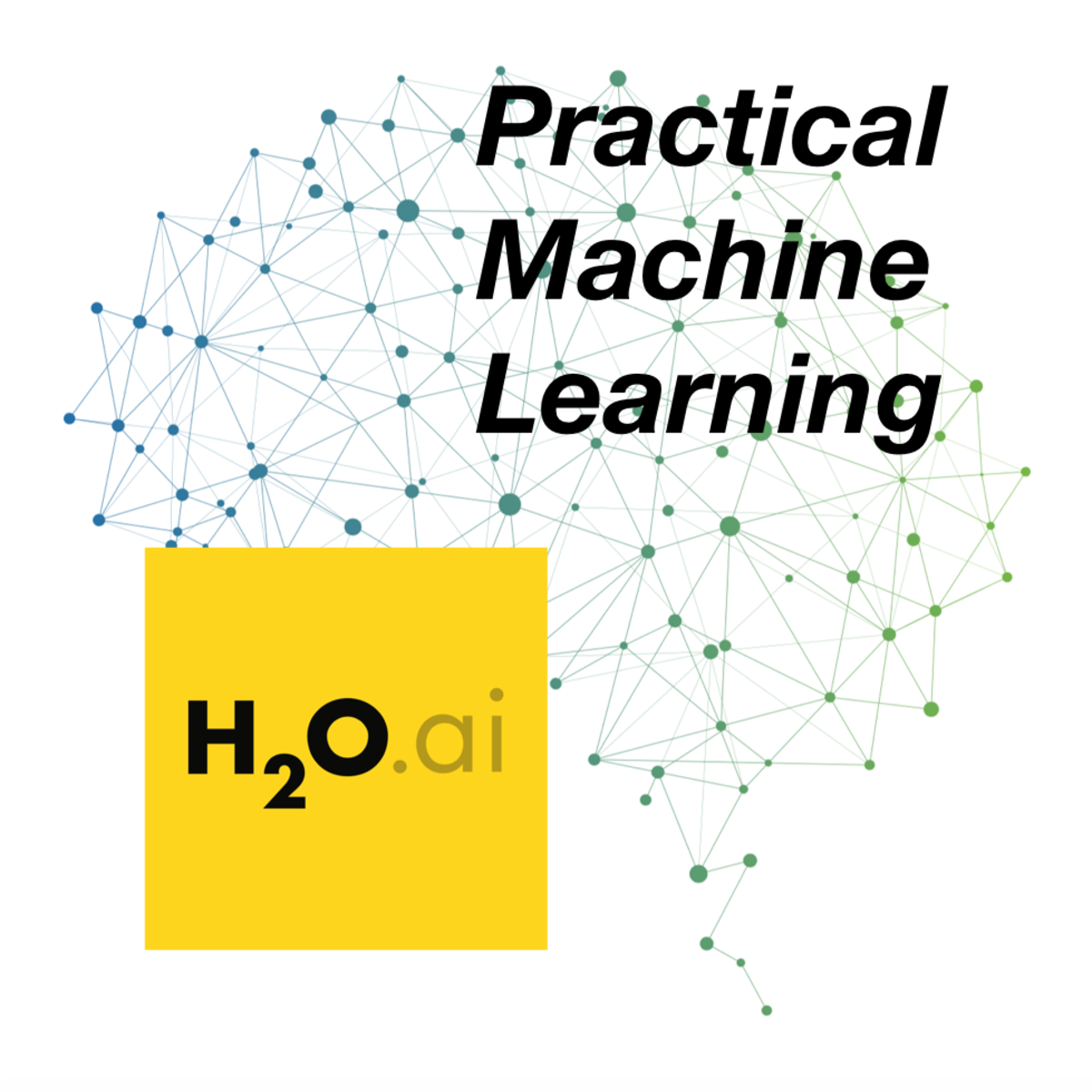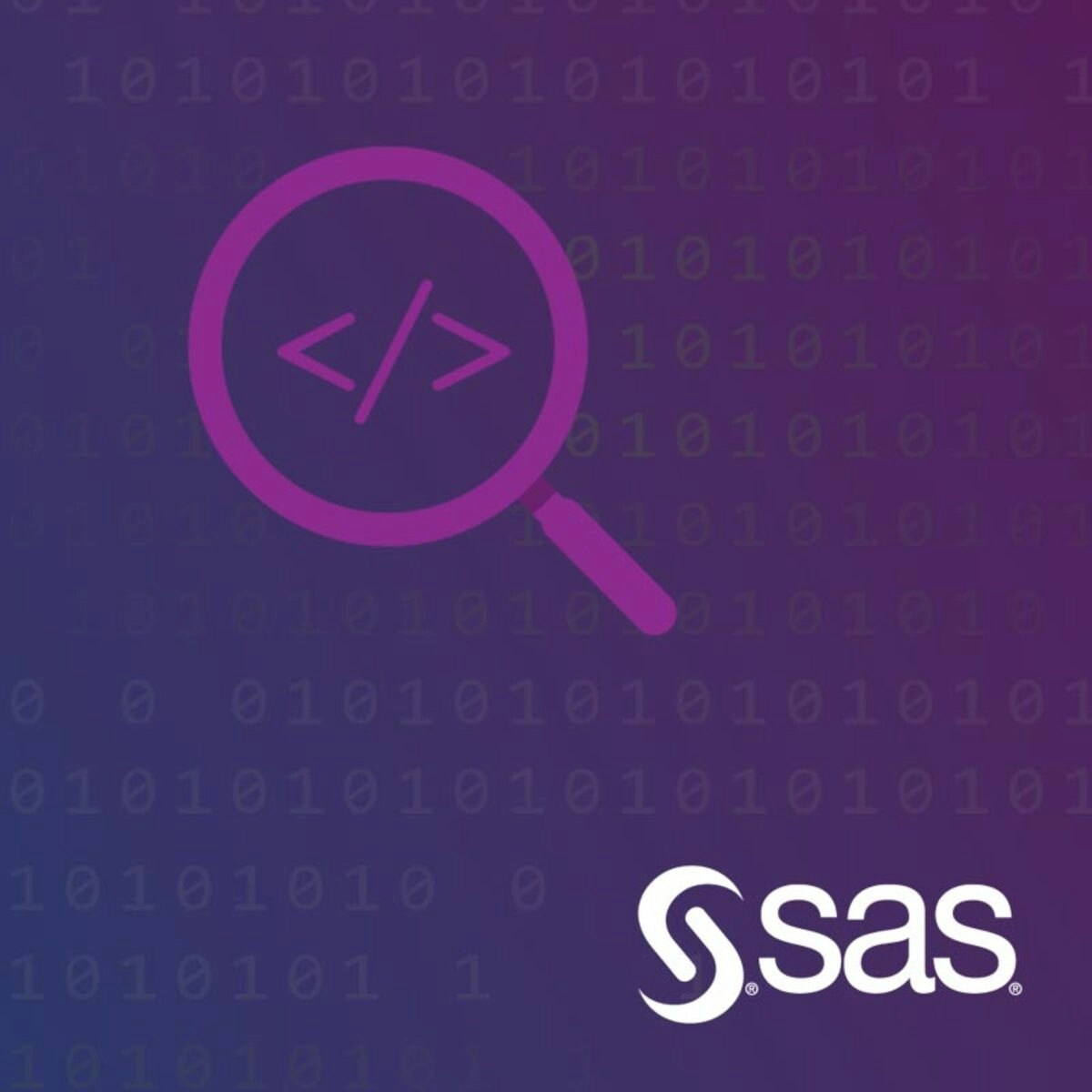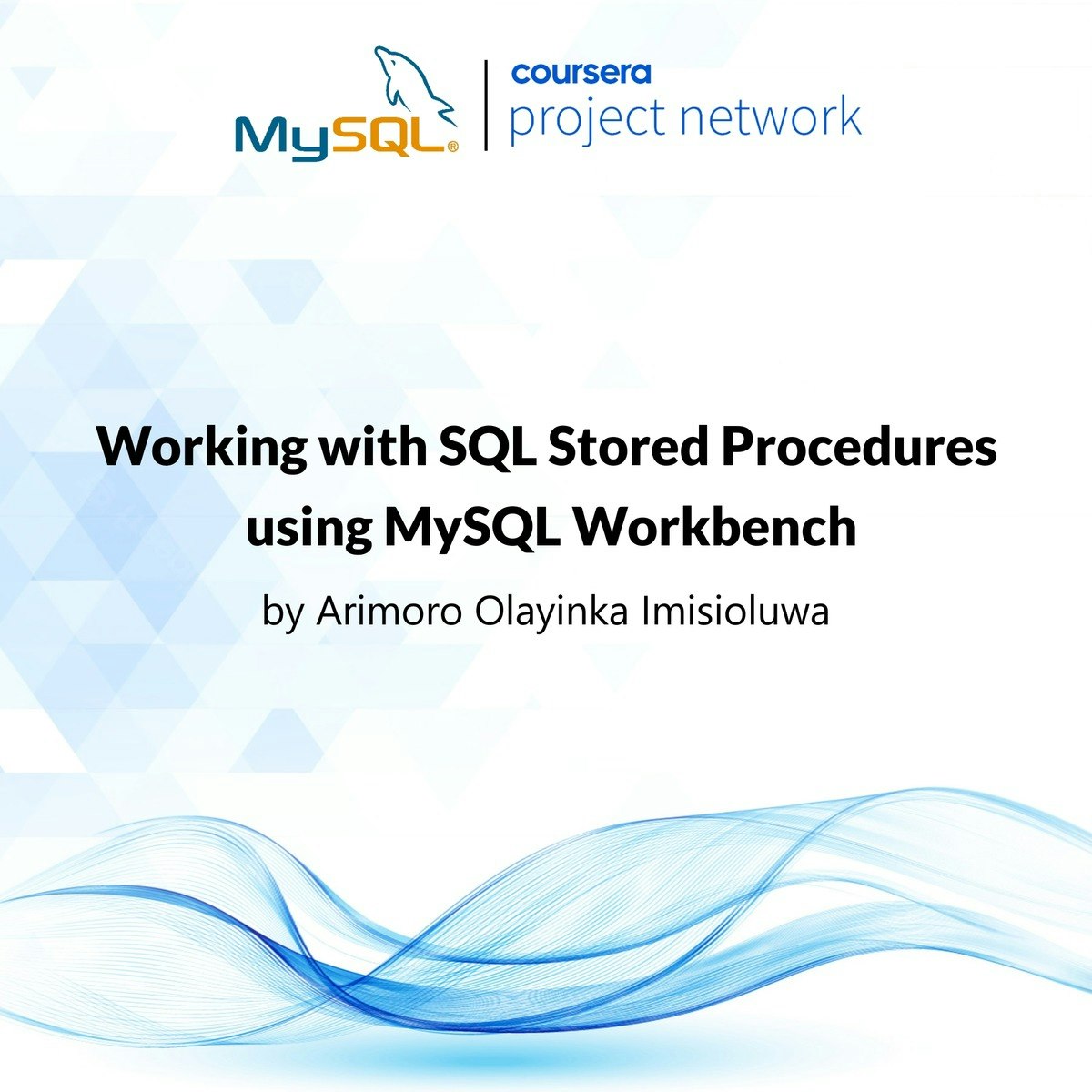Back to Courses








Data Analysis Courses - Page 69
Showing results 681-690 of 998

Answering Complex Questions Using Native Derived Tables with LookML
This is a Google Cloud Self-Paced Lab. In this lab you will use native derived tables to answer complex questions with LookML.

APIs Explorer: Cloud Storage
This is a self-paced lab that takes place in the Google Cloud console. In this lab, you will use the APIs Explorer tool to create Cloud Storage buckets, upload data to the bucket, and remove content from buckets.

Practical Machine Learning on H2O
In this course, we will learn all the core techniques needed to make effective use of H2O. Even if you have no prior experience of machine learning, even if your math is weak, by the end of this course you will be able to make machine learning models using a variety of algorithms. We will be using linear models, random forest, GBMs and of course deep learning, as well as some unsupervised learning algorithms. You will also be able to evaluate your models and choose the best model to suit not just your data but the other business restraints you may be under.

Getting Started with Splunk Cloud GDI on Google Cloud
This is a self-paced lab that takes place in the Google Cloud console.
A step-by-step guide through the process to configure multiple methods to ingest Google Cloud data into Splunk. In this hands-on lab you'll learn how to configure Google Cloud to send logging and other infrastructure data to Splunk Cloud via Dataflow, the Splunk Add-on for Google Cloud Platform, and Splunk Connect for Kubernetes (SC4K).

Linear SVM Classification(Soft Margin) -using Scikit Learn
Linear SVM Classification(Soft Margin) -using Scikit Learn

Exploring NCAA Data with BigQuery
This is a self-paced lab that takes place in the Google Cloud console.
Use BigQuery to explore the NCAA dataset of basketball games, teams, and players. The data covers plays from 2009 and scores from 1996. Watch <A HREF="https://youtu.be/xDZjcfMm-t8">How the NCAA is using Google Cloud to tap into decades of sports data</A>.
SAS Macro Language
In this course, you learn advanced techniques within the DATA step and procedures to manipulate data.
Course Learning Objectives: (3+ per course)
“By the end of this course, a learner will be able to…”
● Perform text substitution in SAS code.
● Use macro variables and macro functions.
● Automate and customize the production of SAS code.
● Conditionally or iteratively construct SAS code.
● Write self-modifying, data-driven programs.

Meta Marketing Science Certification Exam
This course helps you prepare for the Meta Marketing Science Certification exam. You’ll be guided through scheduling and taking the exam through Meta Blueprint. You’ll get access to the study guide and other resources to help you prepare to take the exam.
This course is only accessible to learners who have successfully completed course 1 (Marketing Analytics Foundation), course 2 (Introduction to Data Analytics), course 3 (Statistics for Marketing), course 4 (Data Analytics for Marketing) and course 5 (Marketing Analytics with Facebook) in this program.

Working with SQL Stored Procedures using MySQL Workbench
Have you thought about creating a query that can be called several times to perform a routine task? Stored procedures offer this with a great advantage of efficiency. This project-based course, "Working with SQL Stored Procedures using MySQL Workbench" is intended for intermediate SQL users with some related experiences with SQL and who are willing to advance their knowledge and skills.
In this 2-hour project-based course, you will learn how to create stored procedures for different tasks including stored procedures with one input parameter, multiple input parameters, and an output parameter(s). This course is structured in a systematic way and very practical, where you get an option to practice as you progress.
This project-based course is an intermediate-level course in SQL. Therefore, to get the most out of this project, it is essential to understand using SQL. Specifically, you should be able to write SQL JOIN statements and work with aggregate functions. If you are not familiar with these concepts, it will be helpful to complete my previous project titled "Performing Data Aggregation using SQL Aggregate Functions" and “Mastering SQL Joins.”
However, if you are comfortable with these SQL concepts, please join me on this wonderful ride! Let’s get our hands dirty!
Popular Internships and Jobs by Categories
Browse
© 2024 BoostGrad | All rights reserved



